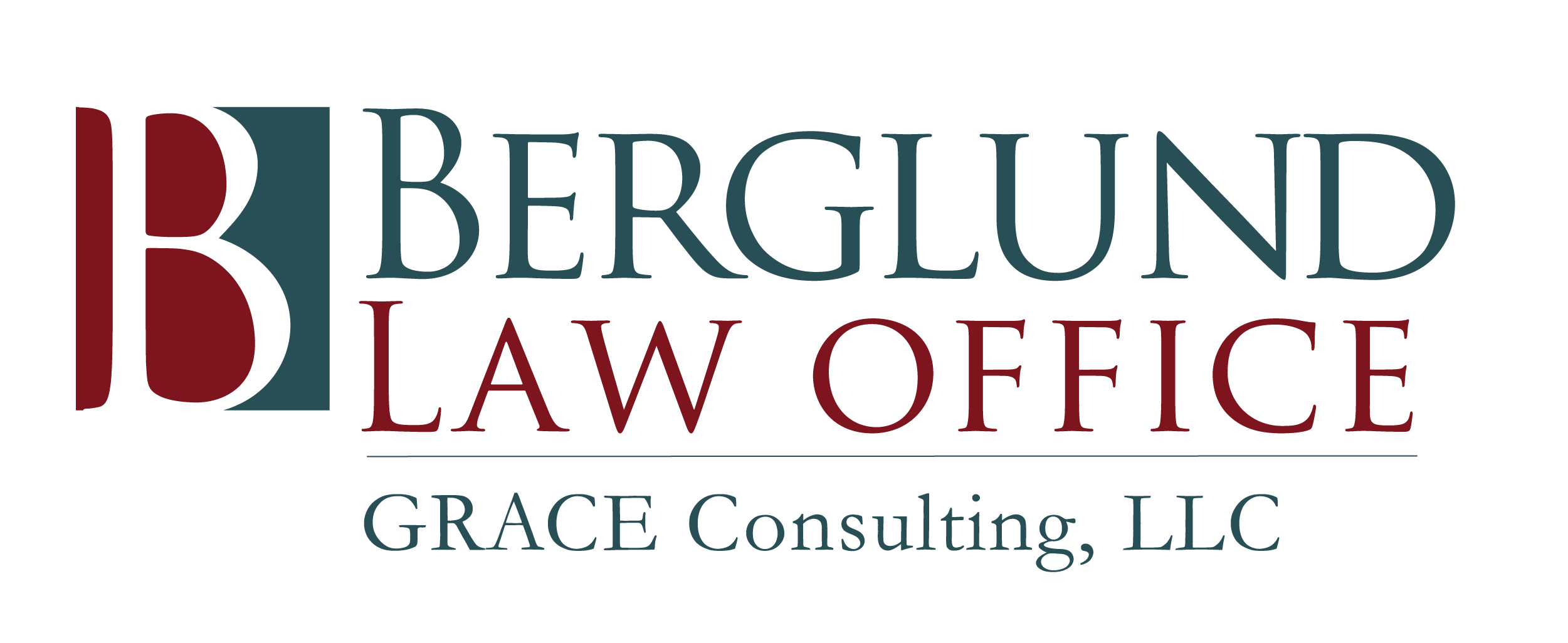
Let’s begin this article by talking about what “reverse mortgages“ are. Reverse mortgages are exactly what they sound like they are—they are the “reverse” of a traditional mortgage.
With a “regular” (traditional) mortgage, the lender makes a loan to you that allows you to purchase your home or condo. You make a down payment at the outset, and then you are required to make regular monthly payments (generally amortized over 15, 20 or 30 years). The more “principal” you pay over the term of the loan, the lower your outstanding balance will be. To make sure its interest is “secured”, the lender requires you to sign a note AND a mortgage before it makes the loan.
In the event you default on making the required payments down the road, the lender can “foreclose” on its mortgage and take the home back if you don’t bring the payments current.

HOW A REVERSE MORTGAGE WORKS IN MN
Reverse mortgages are generally offered to people over the age of 62 who have substantial “equity” in their homes. With a reverse mortgage, the borrower doesn’t need to make a down payment at the outset. In addition, the borrower does not need to make monthly payments during the term of the loan.
A reverse mortgage works by using a portion of your home equity to first pay off your existing mortgage on the home (if you still have a mortgage balance). You are not required to make monthly payments on the reverse mortgage because the loan balance doesn’t come due until the final borrower moves out of the home, passes away, fails to pay taxes or insurance, or neglects to maintain the home.

While you are not required to make monthly payments, doing so could reduce your monthly interest or prevent it from accruing altogether. If you choose not to make a monthly payment on the loan, interest for that month will get added to the total loan balance. With a traditional mortgage, the more “principal” you pay over the term of the loan, the lower your outstanding loan balance will be. With a reverse mortgage, the math is just the opposite.
Take for example a $100,000 reverse mortgage loan at a 3.4 percent interest rate. Instead of making a $443.48 payment each month as you would with a traditional mortgage, with a reverse mortgage you can pay nothing. But remember, this does not mean the loan is “free”. It is NOT free money! Your interest cost – $282.88 per month— is added to your mortgage debt. In the second month, your debt increases to $100,282.88, and so on for the next X number of years. In addition, since your loan balance grows a little larger each month, in the second (and subsequent) month(s) your interest costs continue to increase. This process continues each month until the term of your loan ends.

After paying off your existing mortgage, your reverse mortgage lender will pay you any remaining proceeds from your new loan. If you own your home free and clear, you’ll receive all of the proceeds from the loan since you do not have a mortgage balance to pay off. If you uphold your loan obligations, which include payment of real estate taxes and homeowners’ insurance premiums as well as maintaining your home, your reverse mortgage will not come due until the last borrower moves out of the home or passes away. When this happens, the home is generally sold and the proceeds of the sale are used to pay the loan balance in full.
